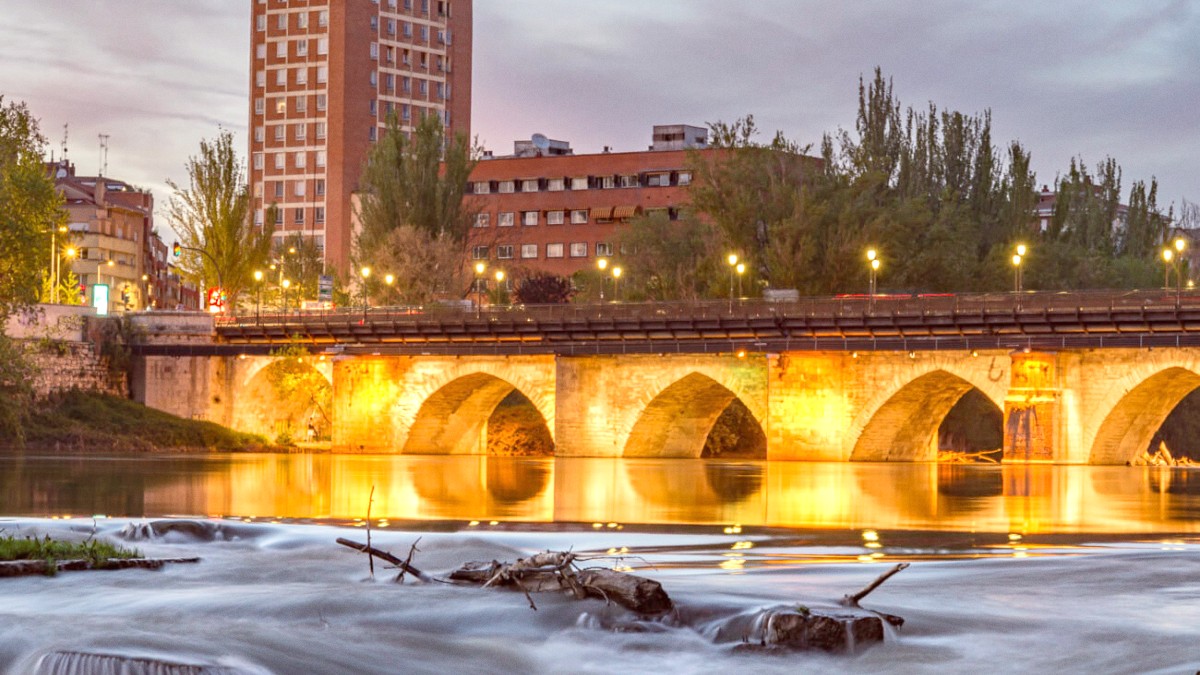
Spain
Valladolid features several iconic landmarks that are must-visit sites. Plaza Mayor is the main square, one of the largest and oldest in Spain, serving as a model for many others. Historically, it functioned as a market, a bullfighting arena, and a site for public executions. Today, it is a lively hub for cafes, restaurants, and public events, bustling day and night.
The Catedral de Nuestra Señora de la Asunción (Valladolid Cathedral) is an unfinished masterpiece designed by Juan de Herrera. Its sheer scale impresses visitors, even in its incomplete state. Construction began in the late 16th century, demonstrating grand ambitions.
Valladolid offers many visual delights for photographers and history enthusiasts.
Located in the Augustinian College, one of Spain's finest collections of East Asian art (Philippines, China, Japan), especially from 17th-20th centuries.
Replica of Columbus's house in Santo Domingo, built where his son lived. Dedicated to life and times of Christopher Columbus.
Sala Municipal de Exposiciones del Museo de la Pasión hosts temporary art exhibitions, often contemporary works. Various smaller galleries throughout the city.
City's main theater, hosts plays, concerts, dance performances, and is a venue for Seminci (Valladolid International Film Festival).
Modern complex with a conservatory, symphony hall, and library. Hosts classical music concerts and cultural events.
Valladolid is rich in history, and its historical sites tell the story of its past. While the city does not have major accessible archaeological ruins within its center like some other Spanish cities, Roman remnants exist largely underground.
Encompasses the area around Plaza Mayor, Calle Santiago, extending to the Cathedral and San Pablo. Features a mix of Renaissance, Baroque, and traditional Castilian architecture.
A beautiful 19th-century shopping arcade with a glass roof and ornate decoration. A glimpse into the Belle Époque period.
The Cathedral, San Pablo, and San Benito El Real are churches noted for impressive architecture and historical significance. The Iglesia de la Antigua, with its Romanesque tower, is one of Valladolid's oldest structures.
The large Monumento a Colón stands on Plaza de Colón, honoring Christopher Columbus. Various statues and fountains are found throughout Campo Grande Park.
Valladolid has a history of industrial development, specifically in rail. The city's former train workshops now house a railway museum, preserving a part of its industrial and military heritage.
While major accessible ruins are not present, Roman remnants are largely underground, hinting at the city's ancient past.
The heart of Valladolid, a historical square that has served many public functions and remains a central hub.
An unfinished masterpiece by Juan de Herrera, impressive in its grand scale and architectural ambition.
A stunning example of Isabelline Gothic architecture known for its incredibly ornate facade and historical connections.
Valladolid's historical sites are a testament to its pivotal role in Spanish history, from royal residences to centers of religious and artistic development.
Valladolid presents pleasant natural attractions for relaxation and outdoor enjoyment, even within its urban setting and the surrounding plains.
Find tranquility and recreational space within the city and its vicinity.
The Pisuerga River and elevated points offer picturesque vistas.
The Castilian Meseta landscape provides an unique backdrop, with opportunities for birdwatching.
The area does not feature dramatic geological formations within the immediate vicinity.
Enjoy an unique urban beach right within the city during summer months.
The river itself is not suitable for swimming within the city limits, but the beach area provides a designated space for water enjoyment.
The Pisuerga River offers more than just scenic views; it's a hub for gentle recreation.
Enjoy the gentle flow of the river for a different perspective of the city.
A beautiful rose garden located near the river, often overlooked by visitors. A peaceful and colorful escape, especially when roses are in bloom.
A house museum dedicated to the Romantic poet José Zorrilla. Insights into 19th-century Valladolid life and literary history.
A charming small church with a distinctive tower, offering a quiet moment for reflection and architectural appreciation.